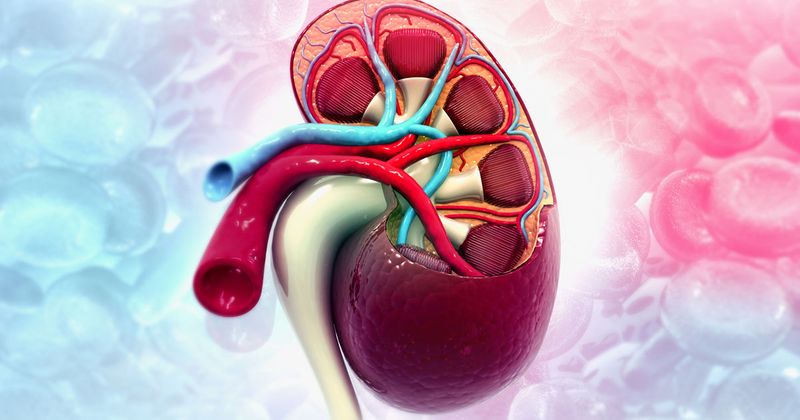Half of low-grade proteinuria cases in lupus progress to clinical disease within 2 years
PHILADELPHIA — Half of patients with systemic lupus erythematosus and new-onset, low-grade proteinuria progress to clinical proteinuria within 2 years, according to results of a study presented at ACR Convergence 2022.
The researchers also noted that 11% of patients with SLE and low-grade proteinuria later demonstrate a biopsy consistent with treatable lupus nephritis within 2 years.

“As clinicians, we see patients with low-grade proteinuria in lupus quite often, and there are several cross-sectional studies and, from the clinical experience, we know that even we biopsy patients we think are relatively early in their disease, some of them could have signs of ongoing, longstanding damage and signs of fibrosis,” Anna Broder, MD, MS, a rheumatologist with Hackensack Meridian Medical Group, in New Jersey, said during a press conference. “We know that the earlier we biopsy and treat patients, the better the outcomes.
“However, some of the patients with low-grade proteinuria never progress and never develop lupus-related kidney disease, so it is important to risk-stratify patients,” she added. “Currently, the only biomarker that we use in clinical practice is urine protein-to-creatinine ratio. It’s not a perfect biomarker — as we know, it can be influenced by multiple factors, from body mass to medication to orthostatics. We use urine protein-to-creatinine ratio to determine when to refer people for a kidney biopsy, which is the gold standard for diagnosing lupus nephritis at this time.”
To examine disease progression among patients with SLE and low-grade proteinuria, specifically to identify risk factors for clinical proteinuria that could suggest lupus nephritis, Broder and colleagues analyzed data from the Einstein Rheumatic Disease Registry. The researchers identified and included 151 patients with SLE and a urine protein-to-creatinine ratio (UPRC) ranging from 0.2 to less than 5, and without known lupus nephritis.
Included patients who developed a random UPCR of 0.5 or greater, with or without biopsy, during the follow-up period were defined as “progressors.” Meanwhile, those who progressed to less than 0.5 within 2 years from developing a UPCR of at least 0.2 but less than 0.5 were characterized as “fast progressors.”
According to the researchers, 76 of the 151 included patients — or 50.3% — progressed to a UPCR of 0.5 or greater, of whom 44 underwent a clinically indicated biopsy. Among these progressors, 61% developed a UPCR of 0.5 or greater within 2 years. In addition, of the 20 biopsies performed during the first 2 years, 16 demonstrated treatable lupus nephritis.
The researchers added that low complement and shorter SLE duration at low-grade proteinuria onset was most consistently associated with progression to clinical proteinuria. Other factors linked to progression were hypertension, diabetes mellitus, younger age and the presence of hematuria.
“We concluded that early proteinuria could be a sign of early inflammation in a subset of patients, especially if they are younger, and have a shorter duration of their lupus onset and low complement,” Broder said. “Also, earlier biopsies should be considered in these patients because we can diagnose and potentially treat lupus nephritis early.
“This is especially relevant as molecular advances and new approaches, such single-cell transcriptomics that are being championed by the accelerated medical partnership that collaborated on this project,” she added. “These initiatives are anticipated to provide novel targets for intervention and improve outcomes with early treatments.”







